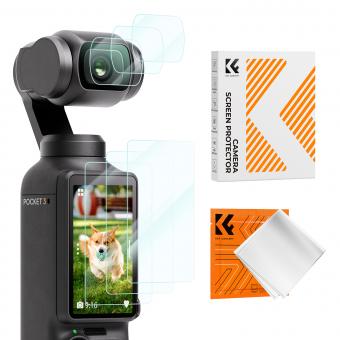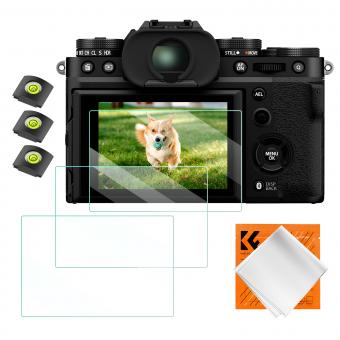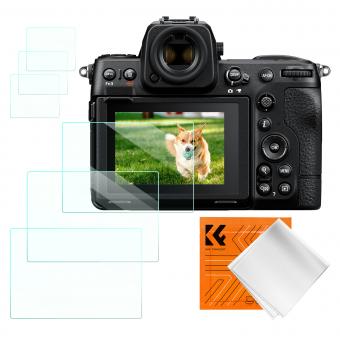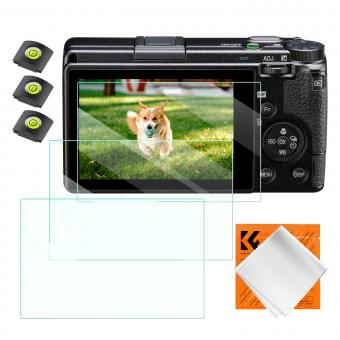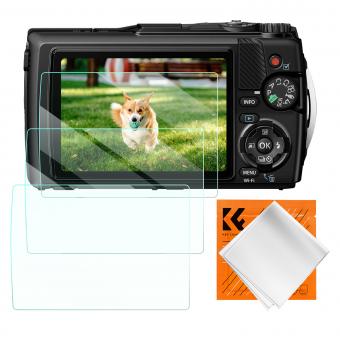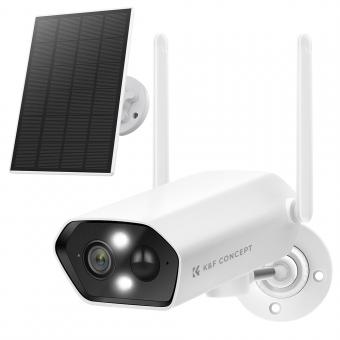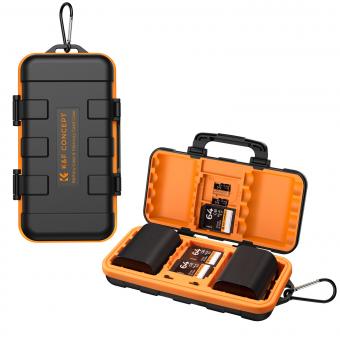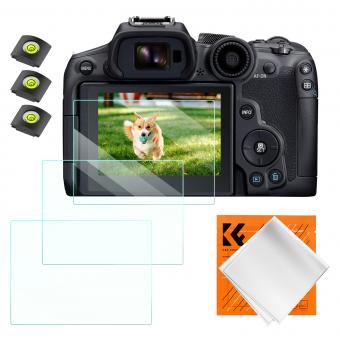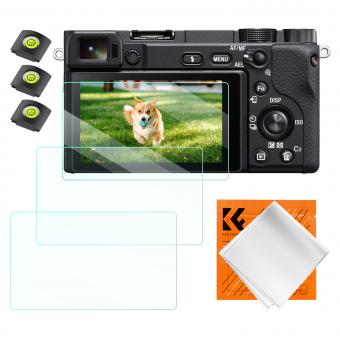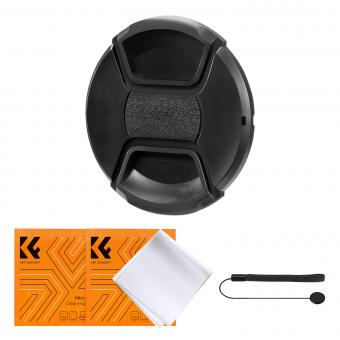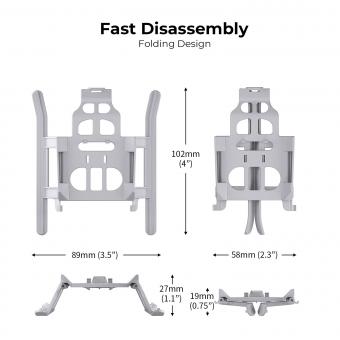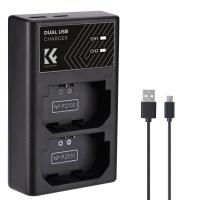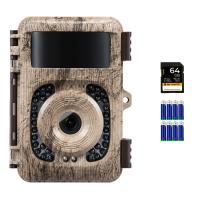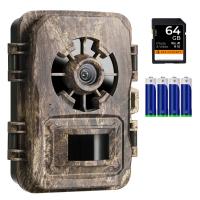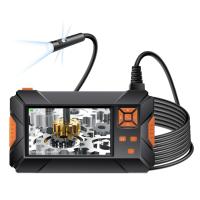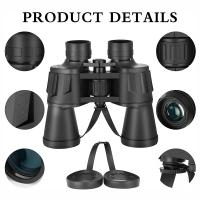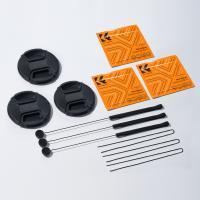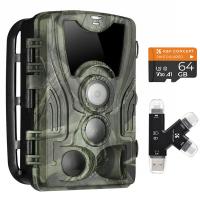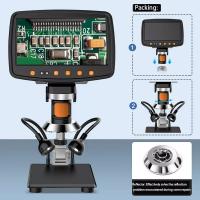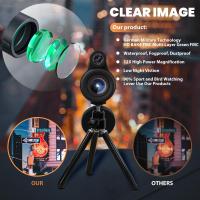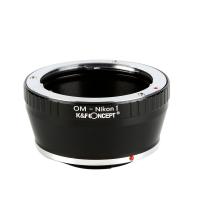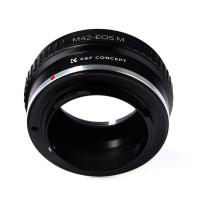Film Camera What Battery ?
Film cameras typically use batteries for various functions such as powering the light meter, autofocus system (if applicable), and electronic shutter. The specific type of battery required depends on the camera model. Common types of batteries used in film cameras include silver oxide batteries (such as SR44 or LR44), lithium batteries (such as CR123A), and alkaline batteries (such as AA or AAA). It is important to consult the camera's manual or do research to determine the correct battery type and voltage for your specific film camera model.
1、 Battery types commonly used in film cameras
Battery types commonly used in film cameras vary depending on the specific camera model and its features. However, there are a few types of batteries that have been commonly used in film cameras over the years.
One of the most common battery types used in film cameras is the alkaline battery. These batteries are widely available and provide a reliable power source for cameras. They are typically used in cameras that require low power consumption.
Another commonly used battery type is the silver oxide battery. These batteries have a higher energy density compared to alkaline batteries, making them suitable for cameras that require more power. Silver oxide batteries are often used in cameras with built-in light meters or motorized film advance mechanisms.
Lithium batteries are also commonly used in film cameras, especially in more modern models. These batteries have a long shelf life and provide consistent power output, making them ideal for cameras that require high power consumption. Lithium batteries are often used in cameras with advanced features such as autofocus and motorized film advance.
In recent years, there has been a growing trend towards using rechargeable batteries in film cameras. Rechargeable lithium-ion batteries have become popular due to their eco-friendly nature and cost-effectiveness in the long run. Many photographers prefer using rechargeable batteries as they can be reused multiple times, reducing waste and saving money.
It's important to note that the specific battery type required for a film camera can usually be found in the camera's user manual or on the manufacturer's website. Additionally, advancements in technology may lead to changes in battery types used in film cameras, so it's always a good idea to stay updated with the latest information from camera manufacturers.

2、 Battery life and usage in film cameras
Film cameras typically do not require batteries for basic functionality. Unlike digital cameras, film cameras rely on mechanical components to capture and advance film, meaning they can operate without any power source. However, some film cameras do have battery-powered features that enhance their functionality.
The most common battery-powered feature in film cameras is the built-in light meter. This meter measures the amount of light in a scene and helps photographers determine the correct exposure settings. The battery powers the light meter, allowing it to function accurately. The type of battery required varies depending on the camera model, but common options include button cells like the LR44 or SR44.
Battery life in film cameras is generally quite long, as the power consumption is minimal. A single battery can last for several months or even years, depending on usage. However, it is always a good idea to carry spare batteries, especially during important shoots or when using a camera with a built-in motor drive or electronic features.
It is worth noting that some film cameras, particularly older models, may have mercury-based batteries. These batteries are no longer produced due to environmental concerns, but alternatives are available. Zinc-air batteries are commonly used as replacements for mercury batteries in older cameras.
In recent years, there has been a resurgence of interest in film photography, with many photographers embracing the unique qualities and aesthetic of film. As a result, there are now more options for battery-powered film cameras on the market, including new models and refurbished vintage cameras. These newer models often feature advanced electronic features, such as autofocus and motor drives, which may require more frequent battery changes.
In conclusion, while film cameras do not require batteries for basic functionality, some models may have battery-powered features like light meters. Battery life in film cameras is generally long, and the type of battery required varies depending on the camera model. It is always a good idea to carry spare batteries, especially when using cameras with electronic features.
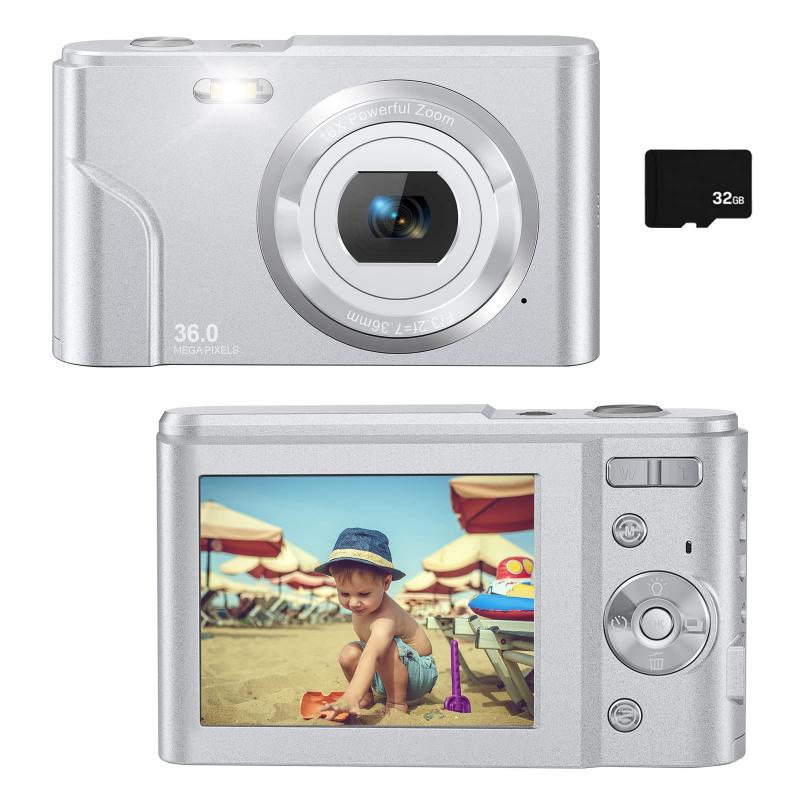
3、 Rechargeable vs. non-rechargeable batteries for film cameras
Rechargeable vs. non-rechargeable batteries for film cameras
When it comes to choosing the right battery for a film camera, the decision between rechargeable and non-rechargeable batteries is an important one. Both options have their advantages and disadvantages, and the choice ultimately depends on personal preference and specific camera requirements.
Non-rechargeable batteries, such as alkaline or lithium batteries, have been the traditional choice for film cameras. They are readily available, affordable, and offer a long shelf life. Non-rechargeable batteries also tend to provide a consistent power output throughout their lifespan, ensuring reliable performance. However, they can be costly in the long run as they need to be replaced frequently, especially if you use your camera frequently.
On the other hand, rechargeable batteries have gained popularity in recent years due to advancements in technology. They are more environmentally friendly and cost-effective in the long term. Rechargeable batteries can be used multiple times, reducing waste and saving money. Additionally, they tend to have a higher capacity and can provide a more consistent power output compared to non-rechargeable batteries.
However, it is important to note that not all film cameras are compatible with rechargeable batteries. Some older models may not have the necessary voltage range or may not be designed to handle the specific power requirements of rechargeable batteries. In such cases, non-rechargeable batteries are the only option.
In conclusion, the choice between rechargeable and non-rechargeable batteries for film cameras depends on various factors such as camera compatibility, personal preference, and budget. Rechargeable batteries offer long-term cost savings and environmental benefits, but non-rechargeable batteries are still a reliable and readily available option. It is essential to consider the specific requirements of your camera and make an informed decision based on your needs.
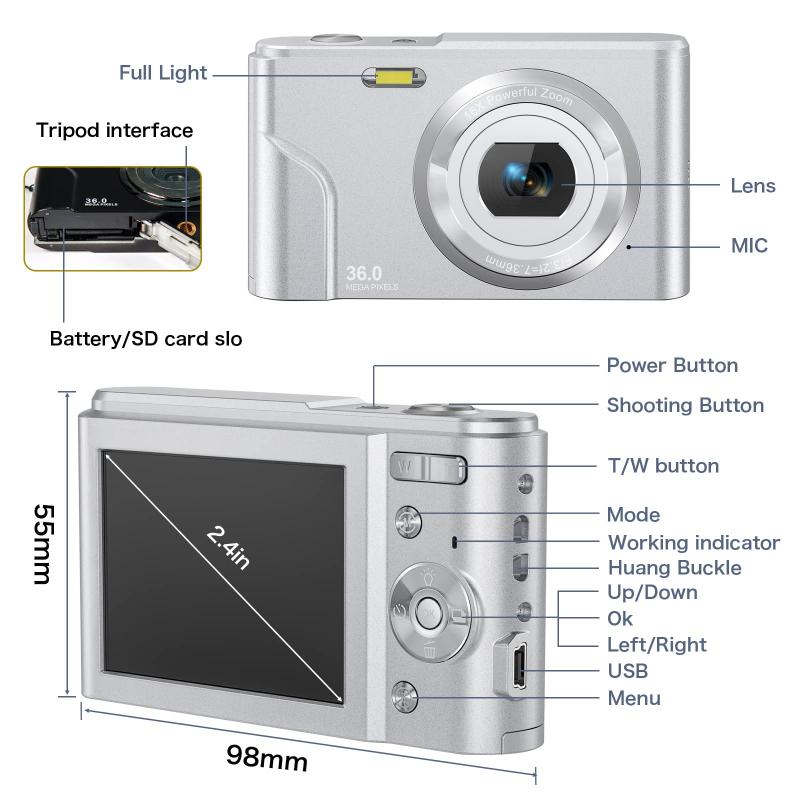
4、 Battery compatibility with different film camera models
Film cameras typically do not require batteries to operate the basic functions of capturing images. However, there are certain features in some film camera models that do rely on batteries. These features may include light meters, autofocus systems, motorized film advance, and electronic shutter controls.
The type of battery required for a film camera depends on the specific model and its features. Different film camera models may have different battery requirements, so it is important to consult the camera's manual or do some research to determine the correct battery type.
Common battery types used in film cameras include button cell batteries (such as LR44 or SR44), lithium batteries (such as CR123A or CR2), and silver oxide batteries (such as SR44 or 357). Some older film cameras may use mercury batteries, but these are no longer widely available due to environmental concerns.
It is worth noting that the availability of certain battery types may vary depending on your location. In recent years, there has been a shift towards using more readily available and environmentally friendly battery options. For example, some film camera users have started using rechargeable batteries or adapting their cameras to use alternative power sources like external battery packs.
Additionally, advancements in technology have led to the development of battery adapters and voltage regulators that allow film cameras to be powered by more common battery types. These adapters can be a convenient solution for photographers who want to continue using their film cameras without relying on hard-to-find batteries.
In conclusion, the battery compatibility of film cameras varies depending on the model and its features. It is important to consult the camera's manual or do some research to determine the correct battery type. Additionally, advancements in technology have provided alternative power options for film cameras, allowing photographers to adapt their cameras to use more common battery types.


